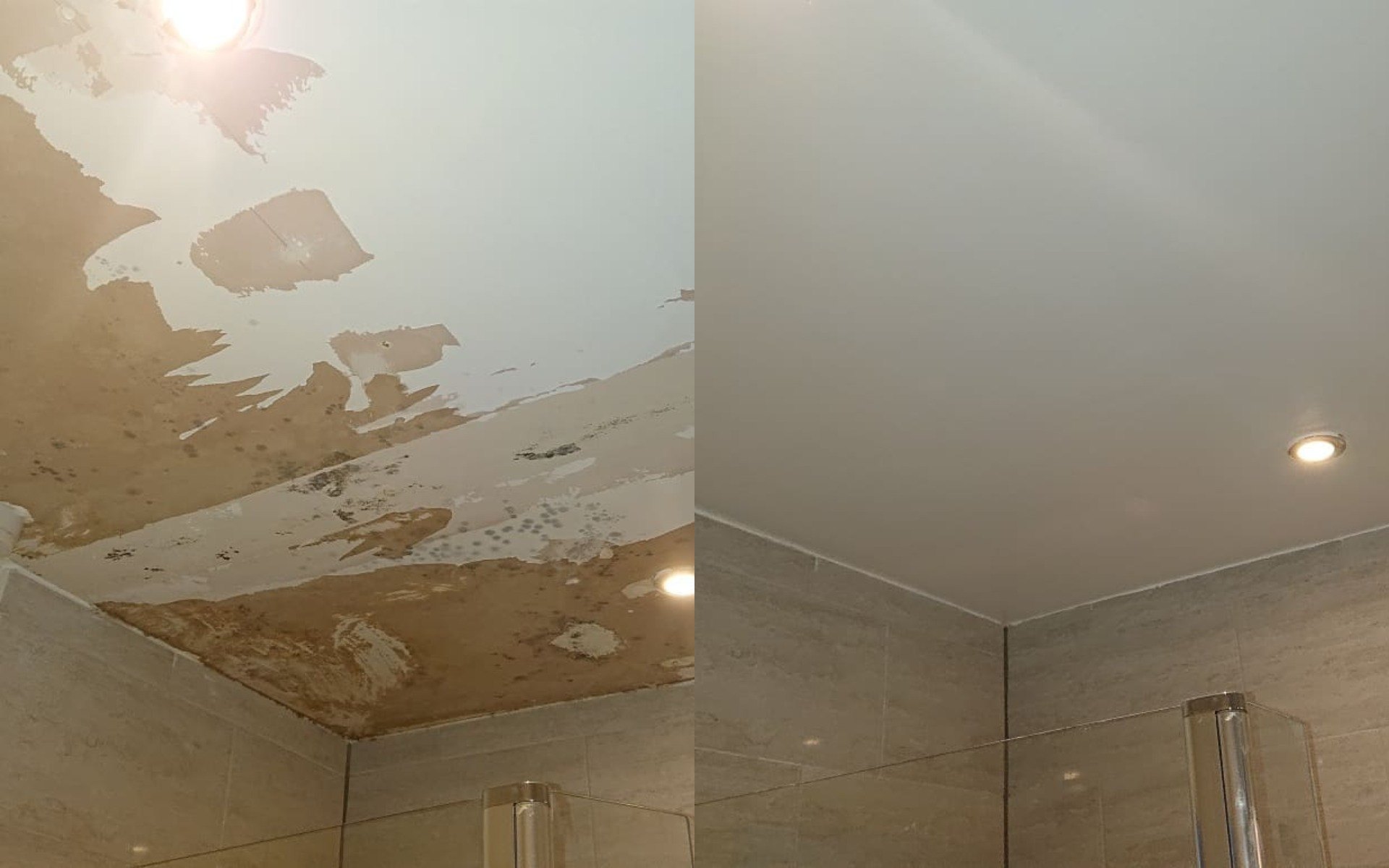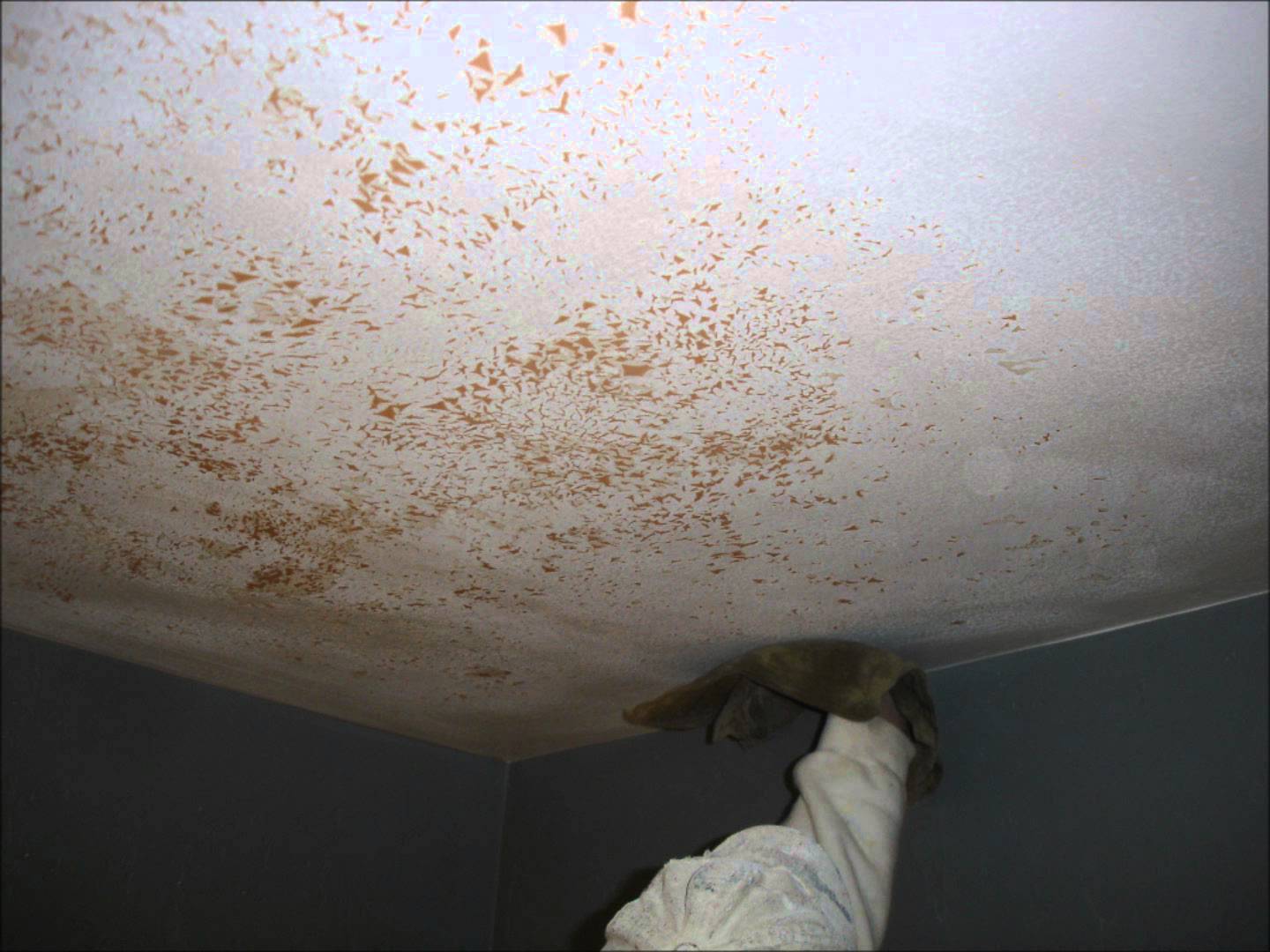Causes of Paint Peeling in Bathrooms: Why Is My Paint Peeling In The Bathroom

Bathrooms are notorious for their high humidity and moisture levels, which can wreak havoc on paint. If you’re dealing with peeling paint in your bathroom, it’s important to understand the root causes to prevent further damage and ensure a long-lasting paint job.
High Humidity and Moisture
High humidity and moisture are the main culprits behind paint peeling in bathrooms. The constant presence of steam from showers, baths, and even everyday activities like washing your hands creates a damp environment. This excess moisture can seep into the paint, causing it to bubble, crack, and eventually peel away from the surface.
Poor Ventilation
Inadequate ventilation plays a significant role in paint peeling. If your bathroom lacks proper ventilation, the moisture has nowhere to escape, creating a breeding ground for mold and mildew. These microorganisms can further deteriorate the paint, leading to peeling.
Potential Culprits
- Water Damage: Leaky pipes, overflowing tubs, or even condensation from hot showers can lead to water damage, which weakens the paint and causes it to peel.
- Improper Preparation: A common mistake is not properly preparing the surface before painting. If the walls are not cleaned, sanded, and primed correctly, the paint may not adhere properly, leading to peeling.
- Incompatible Paint Types: Using the wrong type of paint for a bathroom can lead to peeling. Oil-based paints are not suitable for humid environments, as they can trap moisture, causing the paint to peel. Water-based paints, specifically designed for high-moisture areas, are a better choice.
Specific Scenarios
- Around Showers and Tubs: The areas around showers and tubs are most susceptible to peeling due to constant exposure to water and steam. This is why it’s crucial to use a moisture-resistant paint and ensure proper ventilation in these areas.
- Around Sinks: Even though sinks are less prone to water damage than showers, they can still contribute to paint peeling. The constant splashing of water and the accumulation of moisture can weaken the paint, leading to peeling over time.
Identifying the Root Cause

To effectively address peeling paint in your bathroom, you need to pinpoint the root cause. This involves a thorough inspection to identify any signs of water damage or moisture intrusion. Understanding the source of the moisture is crucial for preventing further damage and ensuring a long-lasting solution.
Inspecting for Water Damage
A careful inspection of your bathroom can reveal valuable clues about the source of the peeling paint. Look for signs of water damage, such as:
- Discoloration: Check for dark spots or stains on the walls, ceiling, or floor. This can indicate water seepage.
- Blistering or bubbling paint: This suggests trapped moisture under the paint layer.
- Cracking or flaking paint: This often occurs when moisture penetrates the wall and weakens the paint adhesion.
- Mold or mildew growth: The presence of mold or mildew indicates excessive moisture and poor ventilation.
- Soft or spongy drywall: Pressing on the wall to feel for soft spots can reveal water damage behind the surface.
- Warped or damaged trim: Water can warp or damage wood trim, particularly around windows, doors, or shower stalls.
- Musty odor: A persistent musty smell often indicates water damage or moisture intrusion.
Differentiating Causes of Peeling Paint
It’s important to differentiate between peeling paint due to improper preparation and peeling paint caused by moisture issues.
- Improper preparation: Peeling paint caused by inadequate preparation typically occurs in areas where the surface was not properly cleaned, primed, or painted. This often results in uneven paint application and poor adhesion.
- Moisture issues: Peeling paint caused by moisture intrusion often exhibits signs of water damage, such as blistering, cracking, or mold growth.
Common Signs of Water Damage
The following table highlights common signs of water damage and their corresponding causes:
| Sign | Cause |
|---|---|
| Blisters or bubbles in the paint | Moisture trapped under the paint |
| Cracking or flaking paint | Moisture penetration into the wall |
| Mold or mildew growth | Excessive moisture and poor ventilation |
Identifying the Source of Moisture
Once you’ve identified signs of water damage, the next step is to pinpoint the source of the moisture. This could involve:
- Leaky pipes or fixtures: Inspect plumbing fixtures, pipes, and connections for leaks.
- Shower or bathtub leaks: Check for leaks around the showerhead, faucets, or drain.
- Condensation: High humidity levels can lead to condensation on walls and ceilings, especially in poorly ventilated bathrooms.
- Roof leaks: If the water damage is in the ceiling, it could be due to a roof leak.
Solutions for Peeling Paint

Once you’ve identified the cause of the peeling paint, it’s time to tackle the problem. Repairing peeling paint in a bathroom requires a systematic approach, ensuring that you address the root cause and apply the right techniques for a durable finish.
Repairing Peeling Paint
The first step is to prepare the surface for repainting. This involves removing the peeling paint, sanding the area, and applying a primer.
- Scraping: Use a scraper to remove all loose and peeling paint. Be careful not to damage the underlying surface. You can use a putty knife or a paint scraper, depending on the severity of the peeling.
- Sanding: After scraping, sand the area to smooth out any rough edges and create a uniform surface. Use fine-grit sandpaper (120-grit or higher) for this step. Sanding helps the new paint adhere better to the surface.
- Priming: Once the surface is clean and smooth, apply a primer. Primer helps the new paint adhere better and creates a more even finish. Choose a primer specifically designed for bathrooms, as it will be more resistant to moisture and mildew.
Choosing the Right Paint, Why is my paint peeling in the bathroom
Selecting the right paint for your bathroom is crucial. Moisture-resistant paints are essential for this high-humidity environment.
- Acrylic latex paint: This type of paint is a popular choice for bathrooms because it’s durable, easy to clean, and resists mildew growth. It dries quickly and offers good adhesion to various surfaces.
- Epoxy paint: Epoxy paint is highly durable and resistant to moisture, chemicals, and abrasion. It’s often used for high-traffic areas and can be a good option for bathroom floors.
- Oil-based paint: Oil-based paint is known for its durability and resistance to moisture, but it takes longer to dry and can emit strong fumes during application. It’s not as popular as latex paint but may be suitable for specific applications.
Applying Paint Properly
Proper paint application is essential for a durable and long-lasting finish.
- Cleanliness: Before painting, clean the surface thoroughly to remove any dust, dirt, or grease. This ensures better adhesion and prevents the paint from peeling prematurely.
- Thin coats: Apply thin, even coats of paint instead of thick ones. Multiple thin coats will create a smoother finish and allow the paint to dry properly. Avoid overloading the brush or roller.
- Proper drying time: Allow each coat of paint to dry completely before applying the next. Drying time varies depending on the type of paint and the temperature and humidity. Following the manufacturer’s instructions is essential.
Decision-Making Flowchart for Repairing Peeling Paint
| Severity of Peeling | Repair Method |
|---|---|
| Minor peeling (few small areas) | Scrape, sand, prime, and repaint |
| Moderate peeling (larger areas or multiple spots) | Remove all peeling paint, sand, prime, and repaint |
| Severe peeling (extensive peeling or damage to the underlying surface) | Consider professional help or complete surface replacement |
